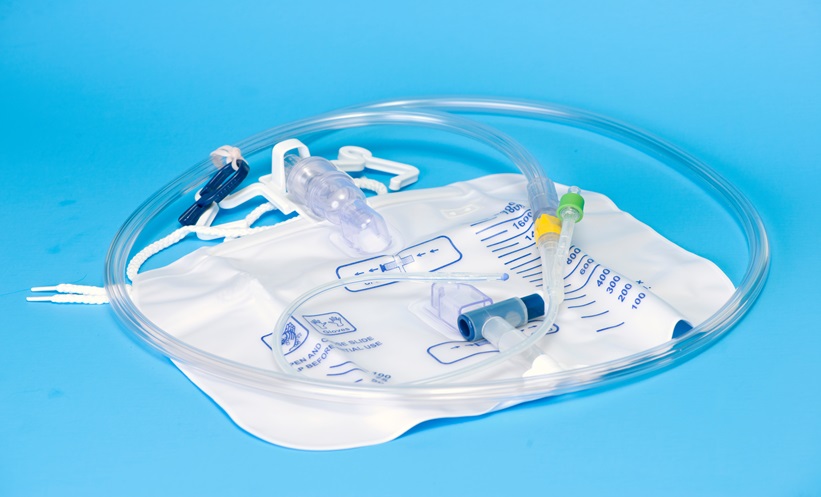ACCEPTABLE options for the placement of peritoneal dialysis (PD) catheters now include advanced image-guided percutaneous and advanced laparoscopic techniques, according to a recent study.
This study was of retrospective cohort design, comparing the time from referral to procedure, complication rate, and 1-year catheter survival between two options. Patients who received advanced laparoscopic or advanced image-guided percutaneous PD catheter placement from 2011–2013 were included. The investigators identified 203 unique advanced image-guided percutaneous procedures, and 316 advanced laparoscopic procedures. If multiple procedures were conducted, only the first was counted, leaving 197 advanced image-guided percutaneous and 288 and advanced laparoscopic cases. Main outcomes were 1-year PD catheter survival; major, minor, and infectious complications; time from referral to catheter placement; and procedure time.
This research uncovered that advanced image-guided percutaneous and advanced laparoscopic techniques had less than 1% major complications, and excellent and acceptable 1-year catheter survival. The adjusted 1-year PD catheter survival rate was 80% for the advanced image-guided percutaneous technique, and 91% for the advanced laparoscopic technique (p=0.01). Minor and infectious complications were higher, reaching 45.6% in advanced image-guided percutaneous, and 38.7% in advanced laparoscopic techniques (p=0.01). Median time from referral to procedure was 12 days for the advanced image-guided percutaneous group, compared with 33 days in the advanced laparoscopic cohort (p=0.01). The 30-minute median procedure time for the advanced image-guided percutaneous technique was less than the 44.5 minutes seen with the advanced laparoscopic approach (p=0.01).
Lead researcher Sijie Zhang, Kaiser Permanente Medical Center, Oakland, California, USA, commented: “PD is an underutilised therapy for kidney replacement.” Zhang summarised the key points to take from this research: “For patients referred for PD catheter placement at centres where advanced laparoscopic resources or expertise remain limited, the advanced image-guided percutaneous technique can provide a complementary and timely option.” Zhang also went on to hint at future research: “Efforts should focus on training more laparoscopic surgeons, and improving the long-term patency success of PD catheters.”






